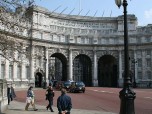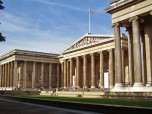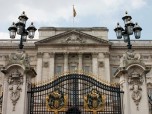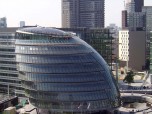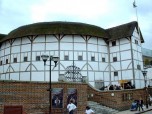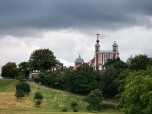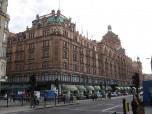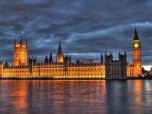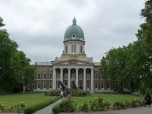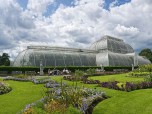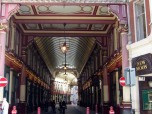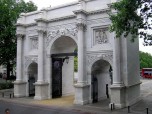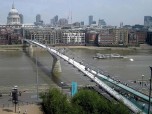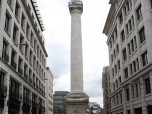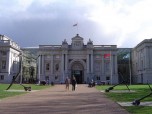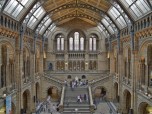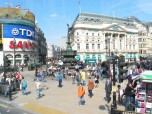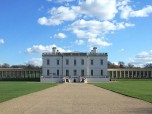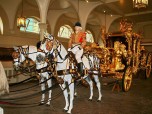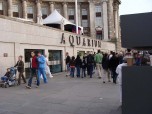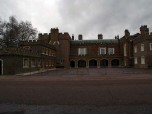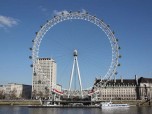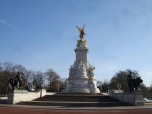Kew Gardens, formally called the Royal Botanical Gardens, is a 300 acre garden in Richmond Upon Thames in the southwest of London. It is famous world over for the sheer variety and number of its plants. The botanical garden boasts over 30,000 varieties of plants and a library that contains close to a million books. Kew Gardens was named by UNESCO as a World Heritage Site.
History
The Gardens are, among other things, a testimony to the great wealth of the United Kingdom that began just before the Victorian era. The Victorians were fascinated by the exotic plants that began to come back from their colonies in Africa, the Far East and India. They needed to build structures that would duplicate the plants’ native habitats as much as possible. Therefore, architects and designers began to build greenhouses that were large enough to house palm trees. They did this with iron frames filled in with glass panes. Decimus Burton and Richard Turner’s Palm House and Temperate House are famous examples of this.
The true story of Kew gardens began in the 17th century with Sir Richard Bennett, who owned the Kew Park Estate. The estate was passed down to his daughter Dorothy, who married Sir Henry Capel who was a passionate gardener. Kew Park Estate at last fell into the hands of Princess Augusta, the widow of Frederick, Prince of Wales. She hired several gardeners and landscapers to develop the garden further. Many of the buildings that are still found at Kew were begun under the stewardship of Princess Augusta.
The Princess of Wales Conservatory
The Princess of Wales Conservatory was launched by Princess Diana in 1987. This 4,499 square meter greenhouse is a modern, more angular update of the Palm and the Temperate Houses. It has plants from the dry and wet tropics.
Palm House
Palm House is the symbol of Kew Gardens. It was built between 1844 and 1848. Inside are the famous palms, and outside is the Parterre, a formally laid out garden.
Queen Charlotte’s Cottage
This tiny, half-timbered cottage was a wedding present to Queen Charlotte when she married George III. It is open to the public in spring and summer.
The Pagoda
Kew Gardens’ Pagoda is nearly as famous as the Palm House. It is on the southeast corner and was built in 1762 by Sir William Chambers. Its ten stories tower 163 feet above the surrounding garden. Though it was shut down for a while, it is now opened for visitors.
Kew Palace
As far as royal English palaces go, Kew Palace is tiny. The palace’s beautiful red brick walls hide formal gardens in the back. Since the building is administered by Historic Royal Palaces, a tourist needs to pay extra to visit it.
Temperate House
Temperate House is even bigger than Palm House and, as its name implies, the building houses plants from temperate zones. Like the Palm House, it was designed by Richard Turner and Decimus Burton. Though the Palm House took about four years to build, Temperate House took ten times longer.
Waterlily House
This charming glass greenhouse looks cool and airy from the outside, but it is hot and humid inside. This is because its interior is dominated by a great pool full of beautiful water lilies, including the huge Victoria Amazonica. There’s also an Aquatic Garden with even more plants that grow in and on the edges of bodies of water, including phragmites and bulrushes.
Treetop Walkway
The Treetop Walkway attracts many visitors to the Gardens. Fifty nine feet high, it allows visitors to see what goes on in the canopy of the trees. Made out of flexible metal, it sways when it is windy, something that no doubt thrills and scares some visitors.
Other must-sees at Kew Gardens are the cacti near the Princess of Wales Conservatory and the fascinating carnivorous plants and beautiful orchids, which can be found in the conservatory itself. Kew Gardens usually opens between 9:30 and 10:30 in the morning and closing times vary depending on the time of year and the exhibit.



